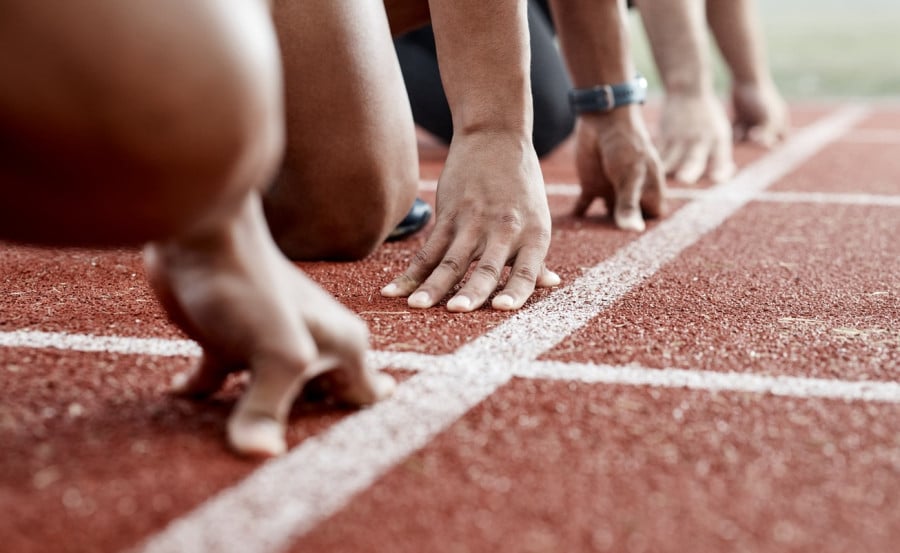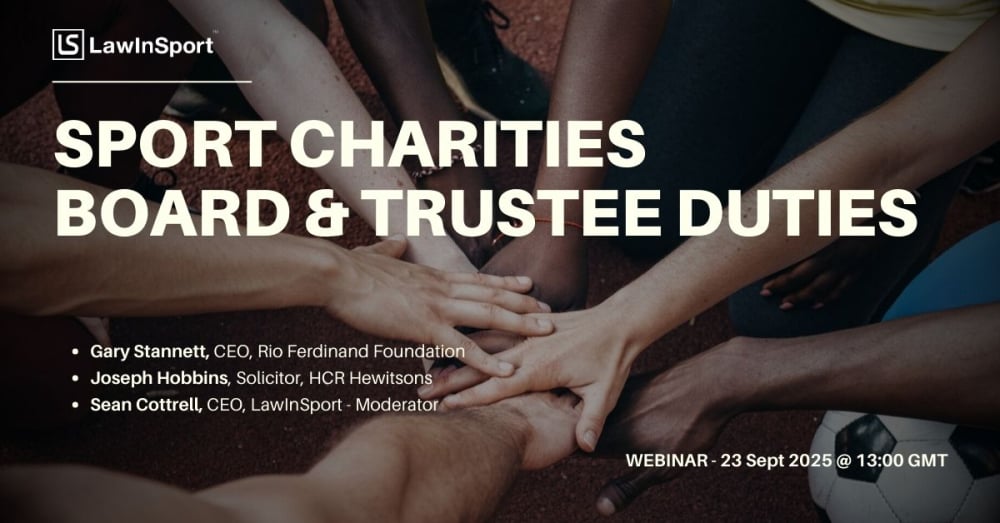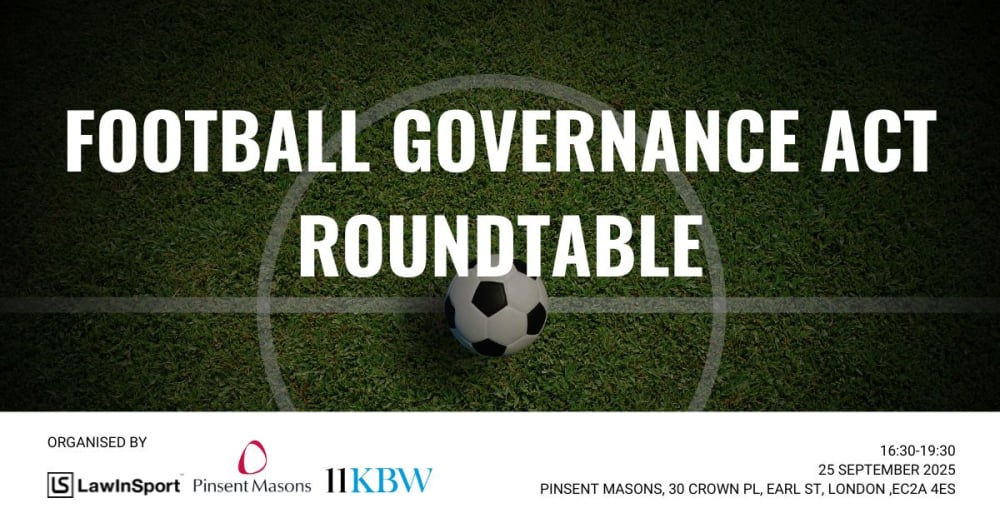8 years of the U.S. Center for SafeSport: Successes, shortcomings, and reforms

With the United States Center for SafeSport (“USCSS”) completing 8 years in March 2025, this article examines the recent changes to the SafeSport Code and discusses some deficiencies in the process and provides some recommendations for a more balanced adjudicatory process that would better serve all parties while maintaining the organization's vital protective mission.
Introduction
The USCSS is a nonprofit organization[1] established to combat sexual abuse of minors and athletes involved in Olympic sports across the country.[2] March 2025 marks 8 years since SafeSport was established under the Protecting Young Victims from Sexual Abuse and Safe Sport Authorization Act. [3] It holds exclusive authority to investigate allegations of sexual abuse and misconduct within U.S. Olympic and Paralympic (“USOPC”) organizations.[4] In addition to addressing sexual misconduct, SafeSport also tackles issues such as emotional abuse, bullying, and harassment. [5] SafeSport is dedicated to creating a sports community where participants can collaborate and learn in an environment free from emotional, physical, and sexual abuse and misconduct. [6]
While SafeSport is not a law enforcement agency and lacks the power to arrest or prosecute individuals, it can impose significant sanctions, including lifetime bans from participation in the Olympic movement. [7] The organization may refer cases to state and federal authorities for legal proceedings and collaborates with law enforcement on investigations.[8] SafeSport maintains a public database of individuals who have been sanctioned, although the database falls short of providing sufficient details to create jurisprudence that would allow for consistent sanctioning and complete transparency. [9]
SafeSport is celebrating its 8-year anniversary and has undergone significant growth and change during that time. This article from Lindsay Brandon (published in 2021) provides a general overview of SafeSport and makes some early observations of the organization in its first few years[10].
The present article seeks to expand on the general overview of SafeSport, recent changes to the Code, and sheds light on some notable deficiencies in the resolution process and recommendations to address those issues. The author’s firm has represented over fifty individuals in SafeSport arbitrations.
Table of Contents
To continue reading or watching login or register here
Already a member? Sign in
Get access to all of the expert analysis and commentary at LawInSport including articles, webinars, conference videos and podcast transcripts. Find out more here.
- Tags: American Football | Baseball | Basketball | College Sports | Dispute Resolution | Olympic | Paralympic | Regulation | Safeguarding | Safesport | United States of America (USA)
Related Articles
- Major Hurdles Still Face U.S. SafeSport In The Movement To Protect Athletes
- From policy to practice: A sport organisation's guide to effective safeguarding
- Best practice in safeguarding - World Athletics lead the field with updates to their pioneering safeguarding policy
- Takeaways from Ankura & LawInSport's Sports Governance, Compliance, and Investigations Workshop & Seminar - 3rd Edition
- Childhood sexual abuse claims: How proposed reforms to UK limitation periods could impact sports organisations
- The ‘duty to prevent’ sexual harassment: How the UK Worker Protection Act impacts sports organisations and employees
- Preventing abuse in sport: An overview of the safeguarding regimes in the US, UK & Canada
- Sport, Safety & Participation – Annual Review 2024/25
Written by
Leah M. Bernhard
Attorney Leah M. Bernhar is Of Counsel at the Law Offices of Howard L. Jacobs (Westlake Village, California) where she represents athletes and coaches in a variety of different capacities including SafeSport cases, Anti-Doping matters, Team Selection disputes, supplement contamination lawsuits, and more. Prior to joining the Law Offices of Howard L. Jacobs, she represented both plaintiffs and defendants in civil litigation and interned at the U.S. Olympic and Paralympic Committee in the summer of 2016 during law school. As a former amateur athlete (swimming, rowing, and triathlon), she is a strong proponent for athletes and coaches and appreciates the opportunity to help them navigate the unique and complex aspects of the sports law world. She enjoys developing strong relationships with her clients and advocating on their behalf during arbitrations and hearings.




